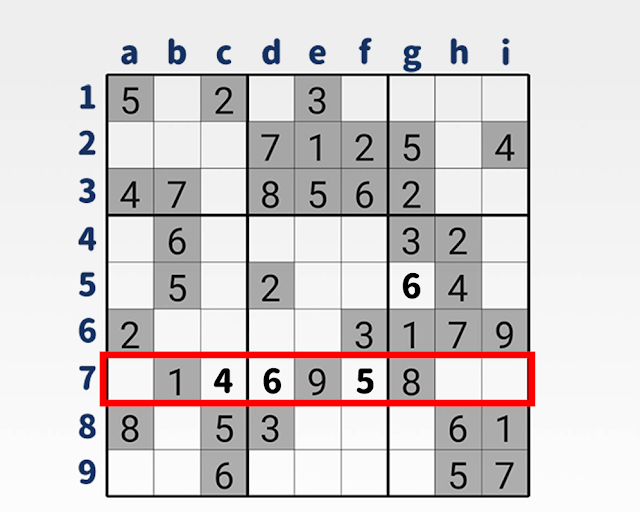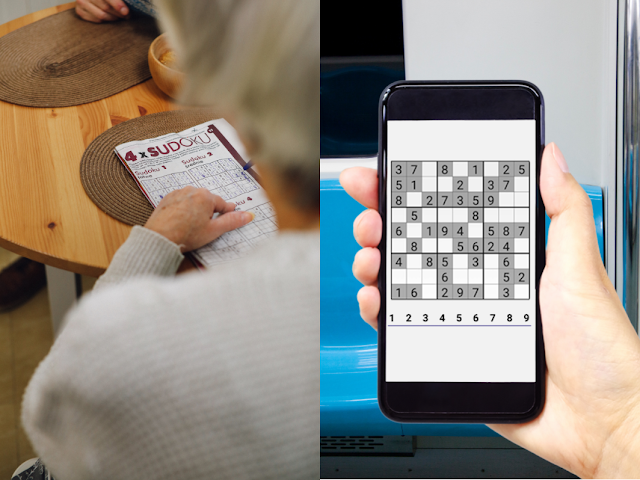Sudoku Strategy Guide: Four Basic Strategies and Reasoning Methods (with Example Tutorial)
Sudoku, as a classic number game, attracts the interests and challenges of countless people. In this game, players need to fill a 9x9 square so that the numbers 1 to 9 appear exactly once in each row, column and each 3x3 small square. Although Sudoku may seem simple, solving puzzles requires some basic skills and reasoning to unravel the mystery.
This article will introduce some basic skills and reasoning methods commonly used in solving Sudoku to help beginners establish a foundation for solving problems. I will introduce the basic strategies of one-way scanning, two-way scanning, candidate-finding and vacancy-finding one by one, and guide readers to apply these strategies in a clearer way with demonstrations.
Commonly used basic skills and reasoning methods
When solving Sudoku, some basic skills and reasoning methods are commonly used and essential! These techniques and methods can help us solve problems more effectively. Here are some commonly used basic techniques and reasoning methods:
- One-way scanning method: Help us quickly locate candidate numbers and continue to follow-up reasoning.
- Two-way scanning view: This method combines one-way scanning view and reasoning of candidate numbers, which can provide more comprehensive information and speed up the problem-solving process.
- Find Candidates: This method is based on reasoning about the candidate numbers in each cell. By looking for unique candidate numbers in each cell, we can determine the location of these candidate numbers and thus infer the numbers in other cells. This method is often used to solve more difficult Sudoku boards .
- Find the vacancy method: This method finds the vacant positions that have not been filled by observing the numbers that have been filled in each row, column, and each 3x3 small square.
Tahoe Sudoku
Sudoku can be played in different formats, including newspapers, books, and various Sudoku applications.
🌟Tahoe Sudoku APP game features:
- New games anytime.
- Automatic error checking.
- Turn on note mode and take notes like you would on newsprint.
- Mark unique numbers in the same row, column and block.
- Hints can help you find the right answer.
- Delete wrong answers.
- Difficulty can be selected: Easy, Medium, Hard.
Sudoku Problem Solving Demonstration
💡The Sudoku difficulty of the demonstration questions is "intermediate"
APP provides puzzles with multiple difficulty levels, from beginner to expert level!
Scanning every row, column, and house of numbers is a basic and easy-to-learn technique when solving Sudoku puzzles. This technique helps us to rule out impossible numbers and find the only suitable number in each square. This scanning technique is the fastest and most efficient way to solve simple Sudoku puzzles .
1. Two-way scanning view:
The 6 of the 9th house is on the 2nd row
This also means that the 6 in the 8th house cannot be on the 2nd and 3rd row.
However, square f3 already has 6, so column f cannot contain any more 6. So d7 is the only place where the number 6 is filled in the grid.
Two, one-way scanning view:
3. Find the candidate method:
Fourth, find the vacancy method:
Let's look at line 7, the known numbers are 1, 6, 9, 5, 8.
The numbers that have not been filled in are: 2, 3, 4, 7.
It can be seen from the picture that according to the principle of non-repetition, only 4 can be filled in C7.
According to the current grid, h7 can only be filled with 3 (because there are already 2 and 7 in the same column).
And so on to get the answer: a7 is 7, i7 is 2.
According to the above problem-solving strategy, you can complete the Sudoku puzzle, try it out!
.png)

.png)




















Comments
Post a Comment